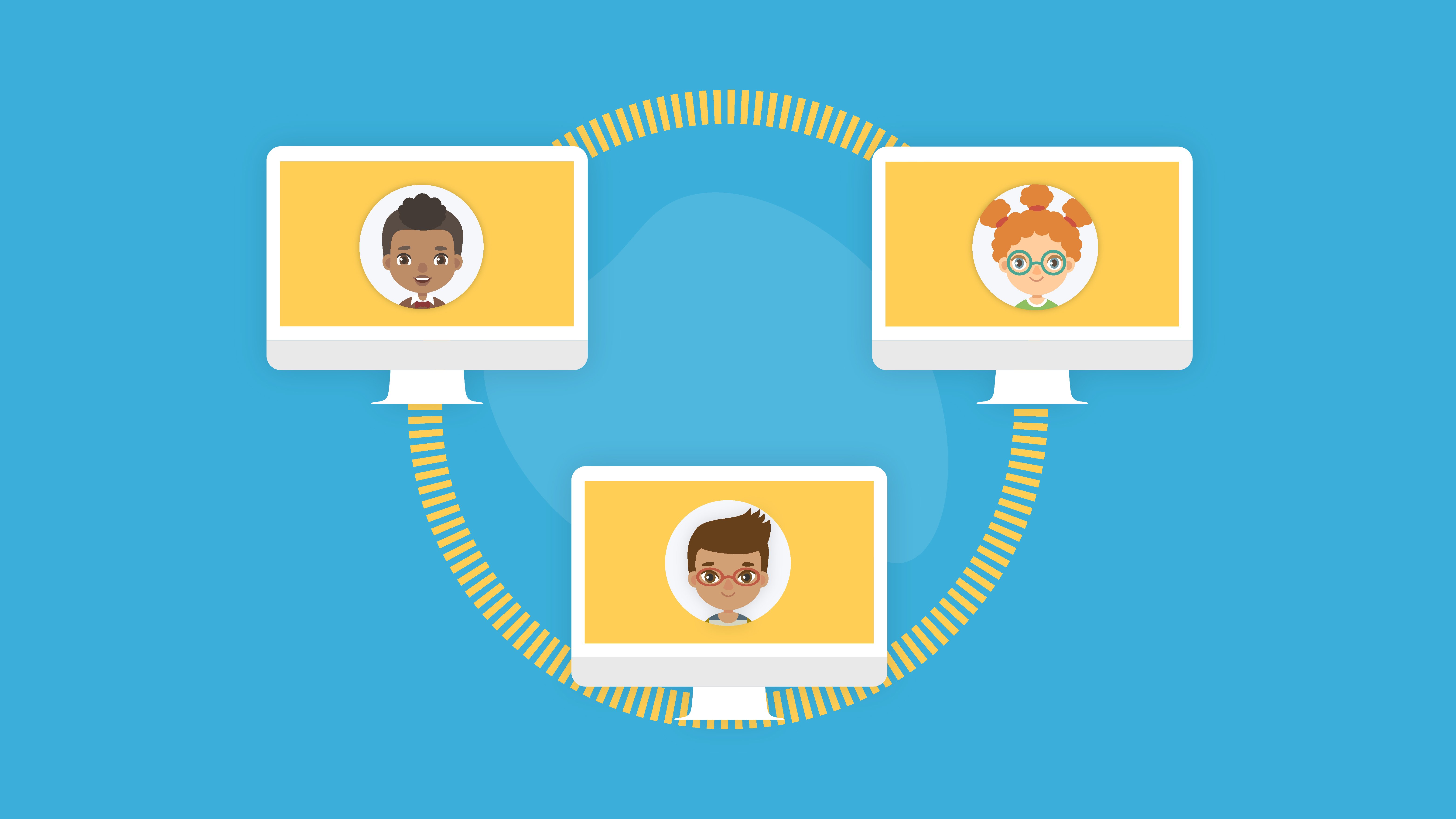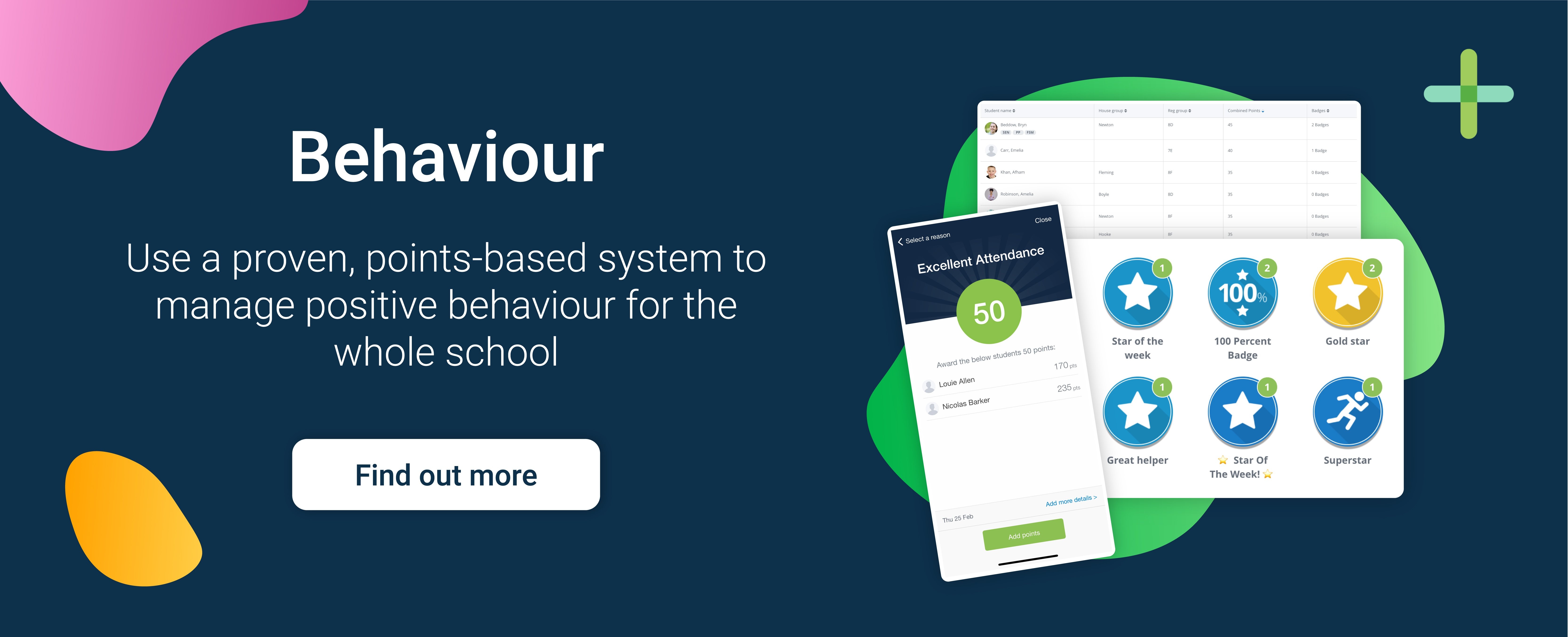Author: Nicola Jones-Ford
Posted: 29 Jan 2021
Estimated time to read: 4 mins
This week Nicola Jones-Ford shares her thoughts and lessons from staging remote interventions for students during closures and the challenges that arise when doing these remotely.
I’ve been tasked with the job of getting interventions up and running virtually whilst schools are shut again. We use the graduated approach for targeted support and these interventions are being put in place to ensure that all our specialist students, and some targeted students, are all accounted for and learning well during lockdown.
Normally my role is to oversee interventions as the special educational needs co-ordinator. I work with class teachers to identify students, initiate programs that eliminate gaps, train staff to deliver these programs, monitor them and then measure the impact they have.
In this post, I’ll be going through that process and sharing my experience of the challenges and opportunities that these interventions present. From training staff and parents to safeguarding and future plans.

Arranging Remote Interventions
Technology Training for Staff
My teaching assistant team is a mature cohort that has been working effectively with our students for a number of years. At times they can be extremely tech-shy so the idea of doing what they do well virtually scares most of them.
Training the intervention team was a challenge as their anxieties about introducing technology were very near the surface. We ended the training with the idea that, yes this is something new, there are likely to be hiccups but everyone was going to give it a go.
The teaching assistant that did the first two sessions did so with a brilliant can-do attitude. When she gave feedback to the team, yes a few things had gone wrong, but more things had gone right. She had really enjoyed the sessions and was actually really looking forward to seeing the students online again.
I gave the team a broad plan with a lot of ideas for the sessions but was clear it needed to be upbeat, positive and at the end there needed to be some fun so that the children would look forward to the next session, the idea of ‘leave ‘em wanting more’.
The learning focus was to emphasise praise for getting things done online and only to have three small areas to work on. I was also very keen to have the sessions student-led, so if they had something they wanted to talk about that was OK, the teaching assistant would be there to support their emotions and mental health. This also helped build trust between students and staff.
Structuring meetings
My next job is to arrange virtual meetings between students, who aren’t reaching age-related expectations and are making slower progress, with a teaching assistant twice per week. Social and emotional learning assessment data for the entire school cohort that we had completed previously also helped choose the right students for the one to one sessions..
Interventions usually take the form of a video call check-in, rather than a formal discussion. We focus on specific difficulties of the week but also try to keep it fun and engaging (something not very easy to do outside of the classroom!).
Safeguarding and introducing parents
Behind the scenes it was a mammoth task making sure that there were various safeguards in place to protect the children and staff, this included:
- Training for families on how to use the technology safely and securely
- Scheduling all the sessions to fit in with other things happening at school for teachers and at home for families
- Following up after initial sessions to check that everything is going well.
This was a lot of work and I think it will continue to create work until the system is established and the team has done it a few times. However, from that feedback from the first two sessions it looks like this is going to be really good for our students especially with their relationships with adults in school when they return.
Engaging specialist students
For our specialist students, it can be quite hard to engage them in group interventions as they generally need something that is specific and individualised for them. The idea of a virtual one to one session with someone that supports them in their classroom might be just what they need.
Specialist students are finding learning difficult at the moment, and in the virtual world if it gets too hard they can just close down the computer, click off the browser or choose to walk away. Putting in the ‘fun’ stuff to the session really helps to give them something positive to associate with school and online learning.
I’ve also been really lucky that my team know the children they are working with so well and will do their very best to engage these students as they understand how important this is for their progress and development.
Remote group interventions?
Towards the end of the training, one member of the team pipes up, “when will be doing groups then?”. I love her enthusiasm but I think about all the ramifications and the whole other level of behind the scenes work that would be needed for that to happen.
I know that we need to get to our targeted students and that we are doing some things to support them already, but I do want a robust system working for our specialist students first. I replied that we needed to perfect this system a little more first. Groups were a good idea for the future but ensuring the students that need our help the most are getting it is the priority for now.
But I had my fingers crossed, hopefully we’ll be back in school before that happens!



